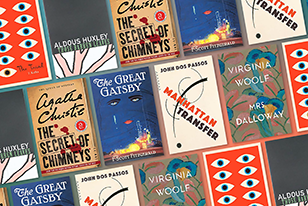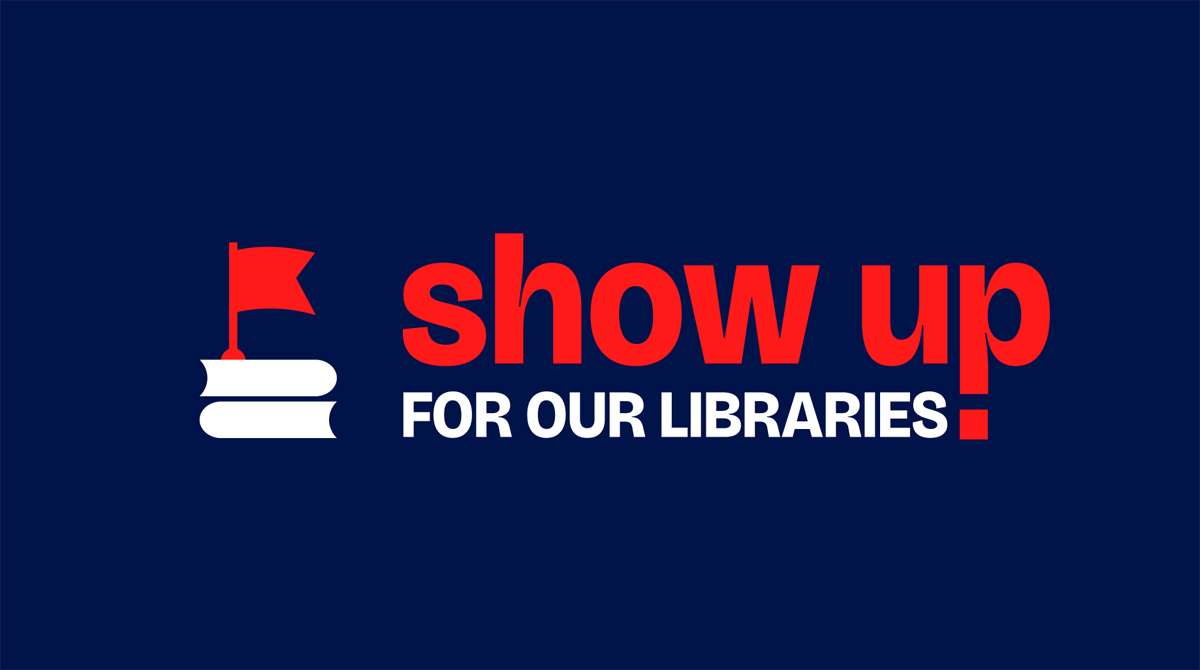Each year, a wide array of copyrighted books, movies, music, and more enters the public domain-which means that anyone can freely use, share, and modify them without paying a fee. Starting on January 1, the copyright has been lifted on works from 1925, empowering countless creators, educators, librarians, and learners to use these important cultural materials without restriction.
“1925 brought us some incredible culture,” Jennifer Jenkins, director of Duke University’s Center for the Study of the Public Domain, shared in a blog post. “The Harlem Renaissance was in full swing. The New Yorker magazine was founded. The literature reflected both a booming economy, whose fruits were unevenly distributed, and the lingering upheaval and tragedy of World War I.”
“How will people celebrate this trove of cultural material?” Jenkins wrote. “Community theaters can screen the films. Youth orchestras can afford to publicly perform, or rearrange, the music. Educators and historians can share the full cultural record. Creators can legally build on the past-reimagining the books, making them into films, adapting the songs.”
The full list of materials entering the public domain is enormous, but here a few of the most high-profile books featured, curated by Jenkins:
The Great Gatsby, by F. Scott Fitzgerald
Mrs. Dalloway, by Virginia Woolf
In Our Time, by Ernest Hemingway
The Trial, by Franz Kafka (in German)
An American Tragedy, by Theodore Dreiser
Manhattan Transfer, by John Dos Passos
The New Negro, by Alain Locke, (collecting works from writers including W.E.B. du Bois, Countee Cullen, Langston Hughes, Zora Neale Hurston, Claude McKay, Jean Toomer, and Eric Walrond)
Arrowsmith, by Sinclair Lewis
The Secret of Chimneys, by Agatha Christie
Those Barren Leaves, by Aldous Huxley
The Painted Veil, by W. Somerset Maugham
On the Trail of Negro Folk-Songs, by Dorothy Scarborough
The Writing of Fiction, by Edith Wharton
A Daughter of the Samurai, by Etsu Inagaki Sugimoto
Subscribe to the I Love Libraries newsletter for more great resources and stories.




